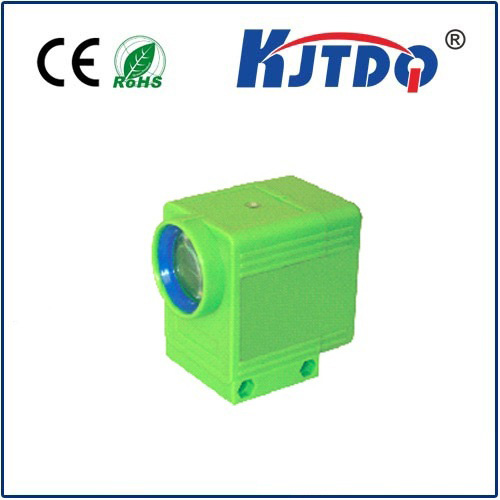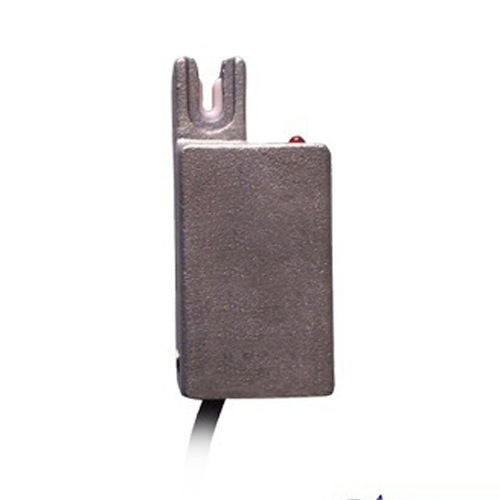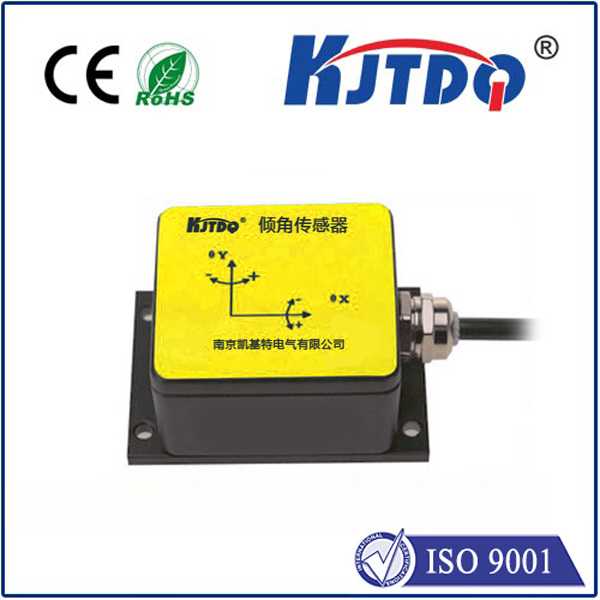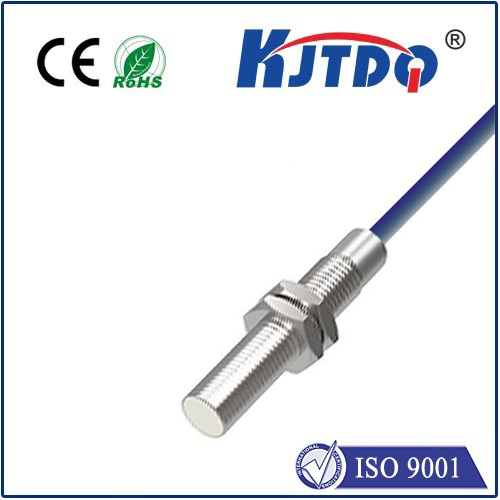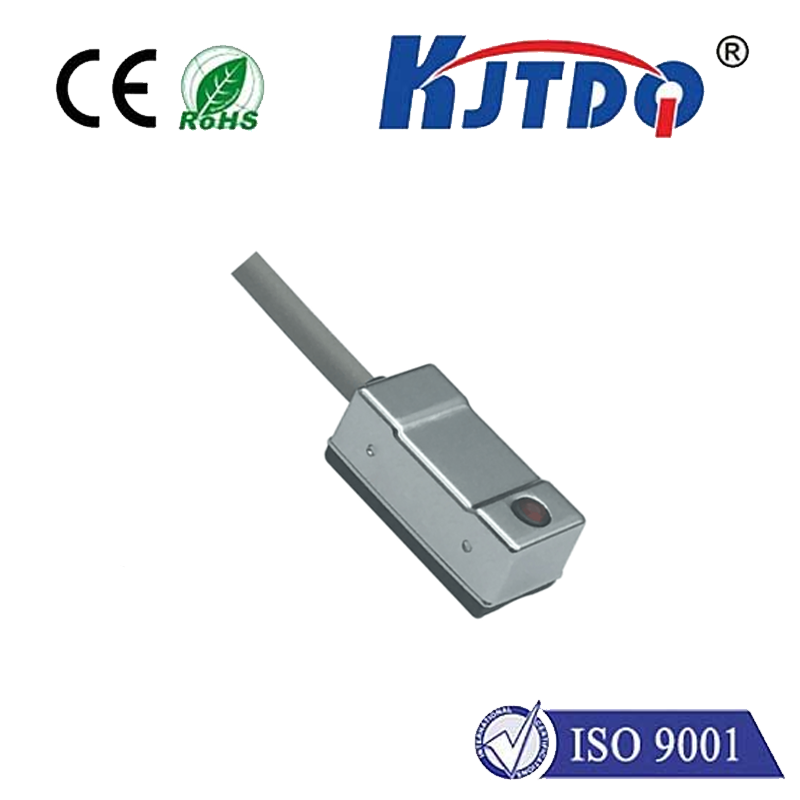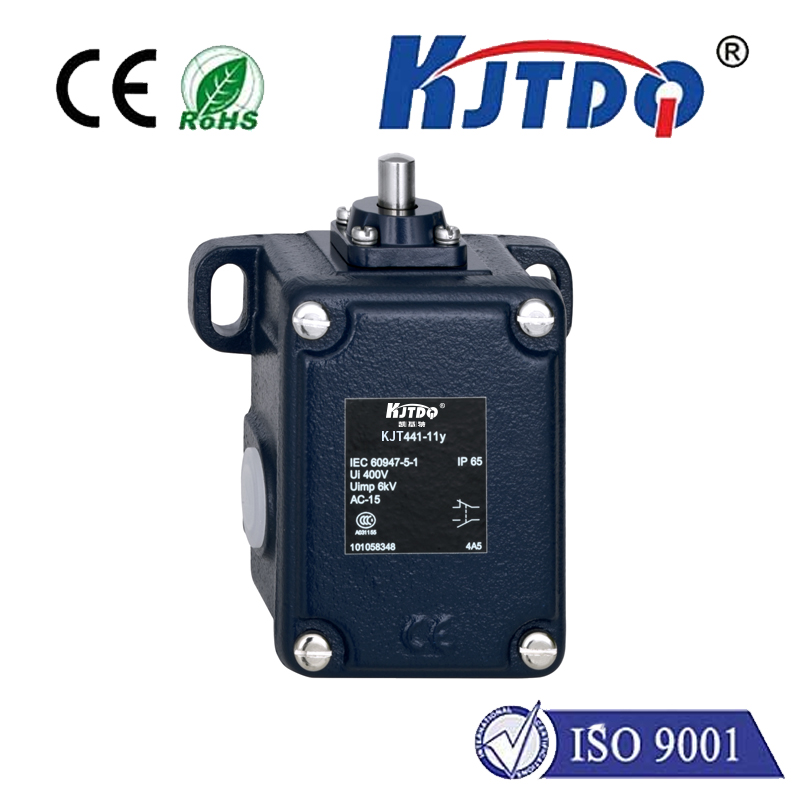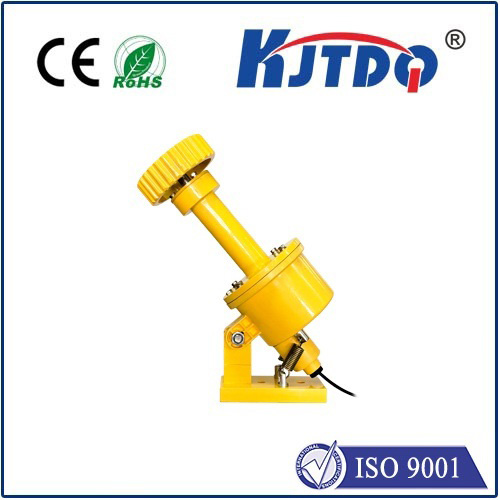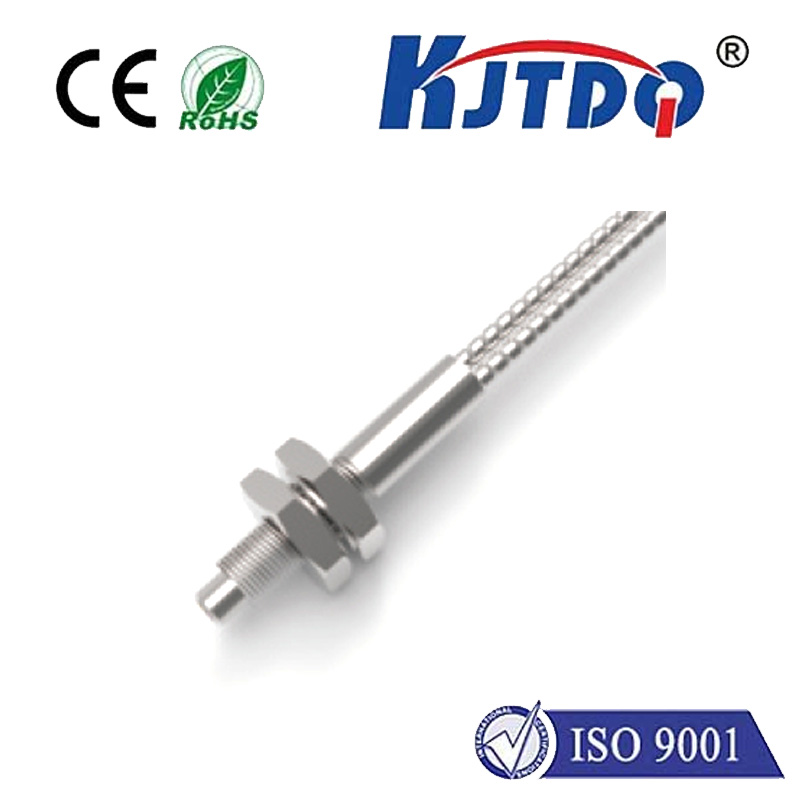

check

check

check

check

check

check

check

check

check

check
E2E-X10MF1-M1-Z: The Ultimate Guide to Inductive Proximity Sensors"
In the world of industrial automation, sensors play a crucial role in ensuring the efficient and safe operation of machinery. One type of sensor that has gained immense popularity in recent years is the inductive proximity sensor. These devices are designed to detect the presence of metal objects without physical contact, making them ideal for a wide range of applications. In this article, we will explore the features and benefits of the E2E-X10MF1-M1-Z inductive proximity sensor from Omron, a leading manufacturer of automation components.
Firstly, let's define what an inductive proximity sensor is. An inductive proximity sensor is a type of electronic component that uses electromagnetism to detect the presence of a conductive material, such as a metal object. It does this by generating a magnetic field that induces a current in the target material, which in turn creates its own magnetic field. This process is known as induction, and it allows the sensor to detect the presence of a conductive material without any physical contact.
The E2E-X10MF1-M1-Z inductive proximity sensor from Omron is a high-performance device that offers a range of features and benefits for industrial automation applications. Some of its key features include:

1. Wide detection range: The E2E-X10MF1-M1-Z sensor has a detection range of up to 8 mm, making it suitable for applications where space is limited or where the target material may be moving quickly.
2. High sensitivity: The sensor is highly sensitive, allowing it to detect even small changes in the magnetic field generated by the target material. This makes it ideal for applications that require precise control over the movement of machinery.
3. Durable construction: The E2E-X10MF1-M1-Z sensor is made from high-quality materials that ensure its durability and reliability in harsh industrial environments. Its IP67 rating means that it is protected against dust and water, making it suitable for use in challenging conditions.
4. Easy installation and maintenance: The sensor is easy to install and maintain, thanks to its simple design and user-friendly interface. It comes with clear instructions and can be quickly integrated into existing systems.
Now that we have covered some of the key features of the E2E-X10MF1-M1-Z inductive proximity sensor, let's take a closer look at its benefits. One of the main advantages of using an inductive proximity sensor like this one is its ability to improve safety in industrial environments. By detecting the presence of metal objects without physical contact, these sensors can help prevent accidents caused by unintended movements or collisions between machines and humans. Additionally, they can improve efficiency by reducing downtime due to maintenance or repairs caused by damaged equipment.
Another benefit of using the E2E-X10MF1-M1-Z sensor is its versatility. It can be used in a wide range of applications, including conveyor belt monitoring, door lock systems, and fluid level measurement, among others. This makes it an ideal solution for businesses looking to streamline their operations and reduce costs associated with multiple types of sensors.
In conclusion, the E2E-X10MF1-M1-Z inductive proximity sensor from Omron is a highly effective and versatile device that offers numerous benefits for industrial automation applications. Its wide detection range, high sensitivity, durable construction, and easy installation make it a popular choice among engineers and professionals in the field. Whether you are looking to improve safety, efficiency, or simply reduce costs associated with multiple types of sensors, the E2E-X10MF1-M1-Z sensor is definitely worth considering.
